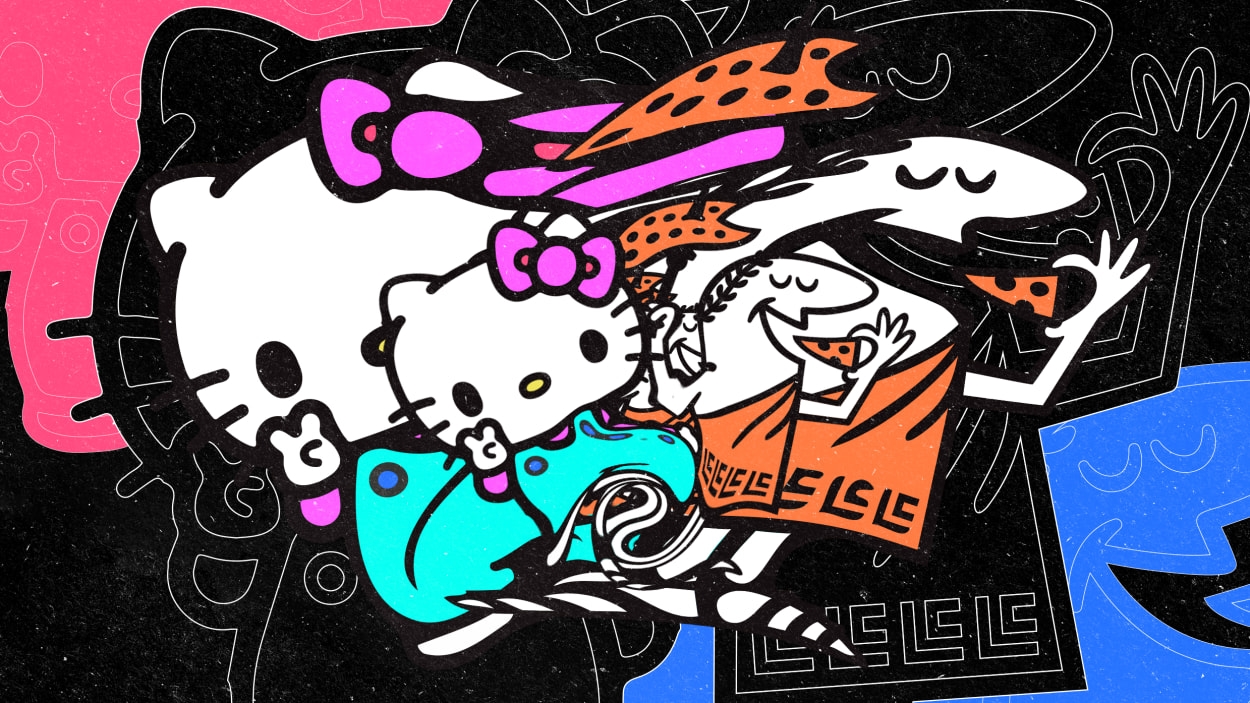This new site uses AI to let you create the brand mashups of your dreams
Branded is a weekly column devoted to the intersection of marketing, business, design, and culture.
Imagine Microsoft collaborating with The Hundreds on a hoodie. Or Warby Parker executing a sneaker in collaboration with WD-40. Or a Little Caesars x Hello Kitty skateboard.
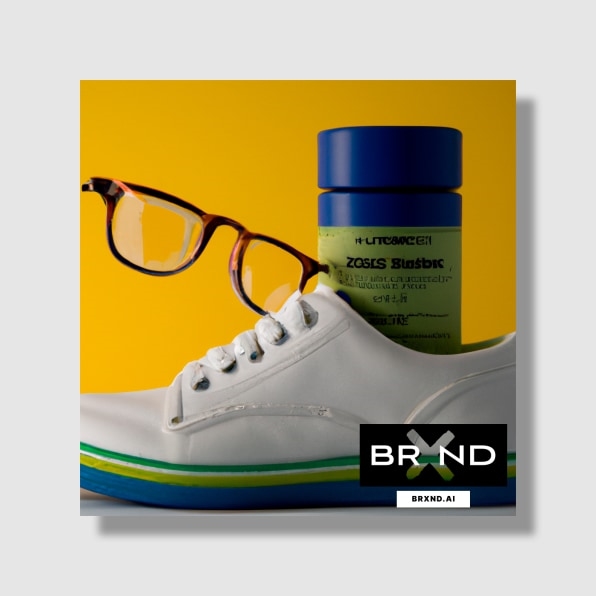
As popular as the brand-collab trend has become over the years, none of these mashups are likely to happen. But you can glimpse what they might look like, and even read marketing copy theoretically “announcing” them, thanks to a real collaboration—between branding expert Noah Brier and the artificial intelligence tools available from OpenAI.
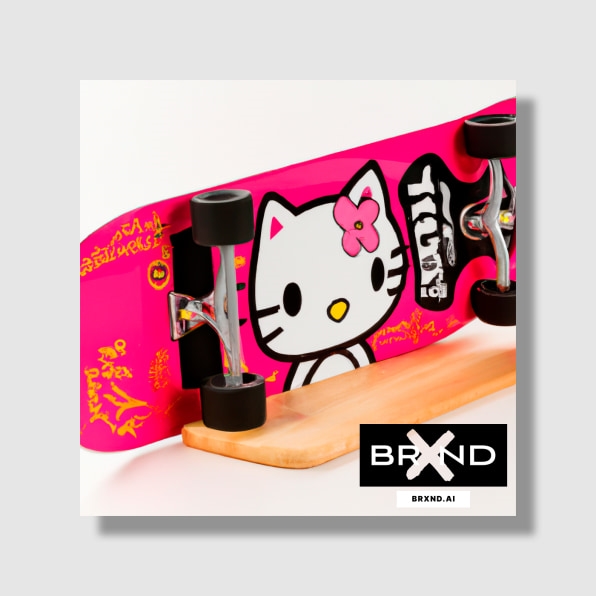
Brier, a writer and self-dubbed “general internet tinkerer” who has worked in and around marketing for years, has long been interested in the intersection of branding and technology. That’s what led him to create BrXnd.ai, which uses artificial intelligence to depict imaginary brand team-ups, however improbable. And as of today, Brier is opening up the site to public participation: Anyone can now use the collab-engine he’s put together to generate a dizzying array of hypothetical dual-branded items.
As fun (and occasionally silly) as this may sound, the project evolved out of a more serious inquiry: We know AI will have impacts on brands’ intellectual property and marketing options, but what can it reveal about brands, brand aesthetics, brand familiarity?
At first, Brier was just curious what the AI tools would come up with. But some of the visuals were amazing, he says, and a friend joked that the fabricated promo copy was “exactly generic enough that a real VP of marketing would approve the collaboration,” no matter how absurd (such as, sneakers blending “Warby Parker’s classic style with WD-40’s durable construction, perfect for any adventure.”)
So he pursued the experiment further, extending an earlier brand/tech effort: Back in 2008, Brier’s Brand Tags project invited people to “tag” a brand with the first word that came to mind (example: WalMart = big, cheap, etc.), producing a visual “tag cloud” that offered a kind of shorthand, crowdsourced summary of a brand’s meaning. “If Brand Tags was a snapshot of the perception that people have of brands,” Brier says, “this project is just many orders of magnitude more.” After all, he points out, branding is about pattern building, and AI is about pattern recognition.
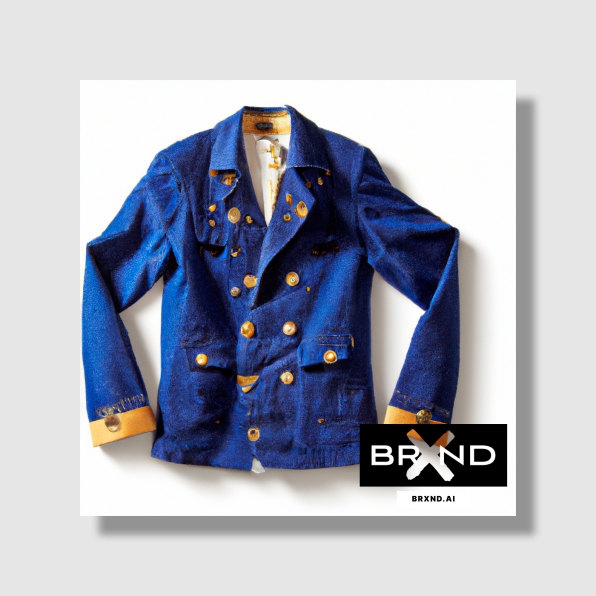
Plus, some of what it generated was actually . . . kind of awesome. A Cap’n Crunch x Brunello Cucinelli jacket, for instance. “It’s such a ridiculous combination of brands,” Brier says, but it’s somehow totally on point. A Supreme x Polo Ralph Lauren sweater similarly “feels right.” Then there’s the imaginary sneakers combining Asics with outdoor camo brand RealTree. “I kind of want those,” he admits.
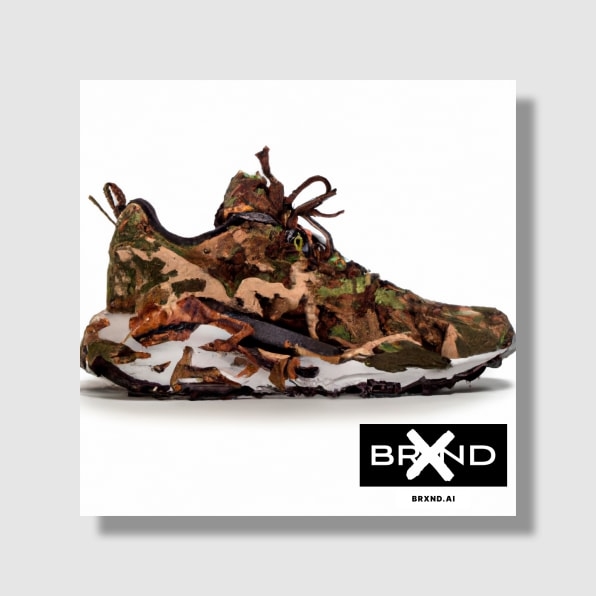
The more Brier experimented, the more it became clear that, joking aside, the AI really did a pretty remarkable job of rendering brands in recognizable ways—the technology doesn’t depict words and seldom echoes actual trademarks, but its choices for shapes and color schemes and other visual cues made many brands instantly recognizable.
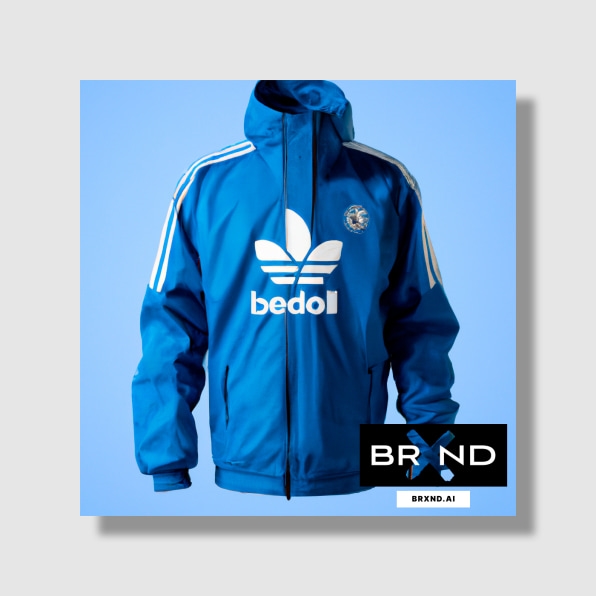
That said, some mashups don’t quite work. The Adidas x Ben & Jerry’s jacket lacks visual nods to the ice cream maker (although the description notes that it’s “lined with Ben & Jerry’s iconic ice cream flavor, Chocolate Fudge Brownie.”) A few are outright train wrecks—like Clorox x Mountain Dew ice cream. Others just clang off the rim—like Crocs x Tiffany shoes and Apple x Off-White sneakers, two flat-out fails that basically look like Nikes, replete with a swoosh.
“Some brands clearly overpower others,” Brier says. For example, almost anything involving Hermès tends to come across “more Hermès than the other brand,” unless the collab is with another high-power brand like McDonald’s or the Grateful Dead. Nike is an even more extreme example: “If you ask it to make a sneaker, whatever brand you choose, it’s very hard to keep a swoosh off of it.”
This isn’t just a matter of having mass presence. In some cases, the AI is able to recreate the brand aesthetic of more niche brands like The Hundreds or Ghostly, in ways that ring remarkably true, suggesting that such brands achieve “salience without scale,” as Brier puts it. (Obviously, AI’s digital “training” gives it a bias toward recognizing and re-creating “more internet-y brands,” he notes.) And there are other results that have surprised him—like how well Hot Topic’s brand aesthetic consistently comes through.
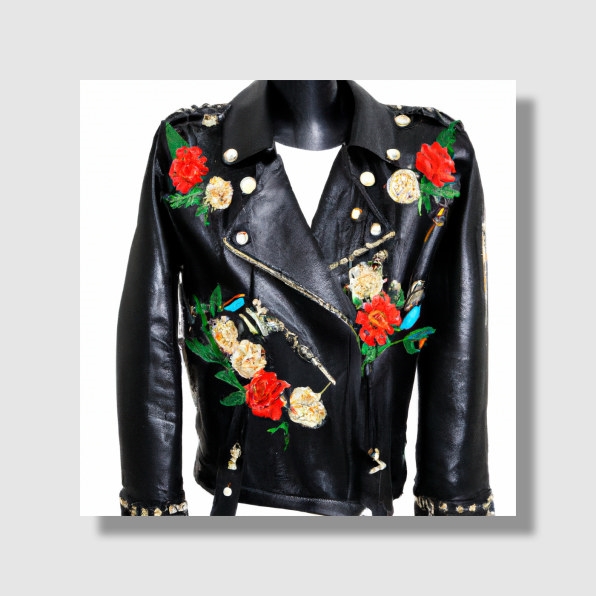
Brier says his experiments so far are “more a jumping-off point than an end,” and that’s led him to open his collab engine to others. You can pick two brands from an extensive list, and choose an item the pair will “collaborate” on, from backpacks to mugs to cereal. Brier uses generative AI to create marketing and product copy that, in turn, builds the visual prompt. (When something is off, he makes adjustments to better train the AI.)
For now, BrXnd.ai is letting users make a total of 20 free collabs a day (once those are gone, users will have to shell out to create new mashups, — starting at three for $5). The limit is to keep the engine, and Brier himself, from getting overwhelmed. But he’s looking forward to seeing what people come up with—and figuring out how to learn from it.
He’s now working to use generative AI to measure the attributes of brand strength and recognition. “It’s one thing for you to tell me, ‘This is a good brand,’” Brier says. “It’s another thing for a computer to tell me that. That means that underneath, there’s data.” This, he argues, may prove to be AI’s real contribution to branding; in fact, he’s already organizing a “Brands x AI” conference in the spring.
So for now, while BrXnd.ai is undeniably fun, especially for those who geek out on brand meaning, Brier hopes it leads to something deeper to be extracted from it. “Brands have famously been very hard to quantify,” he says. “I mean quantifying the aesthetic strength of a brand—I don’t know where to begin. But now it’s like, Okay, I know where to begin.”
(36)


